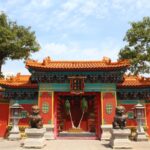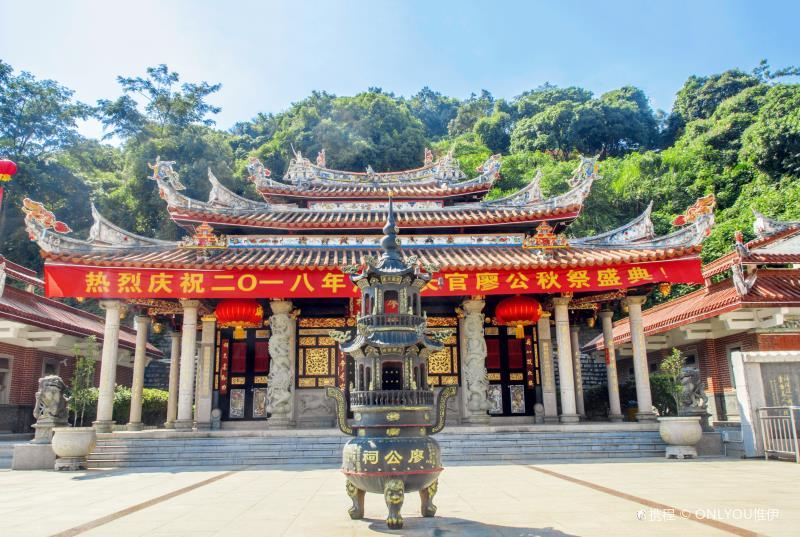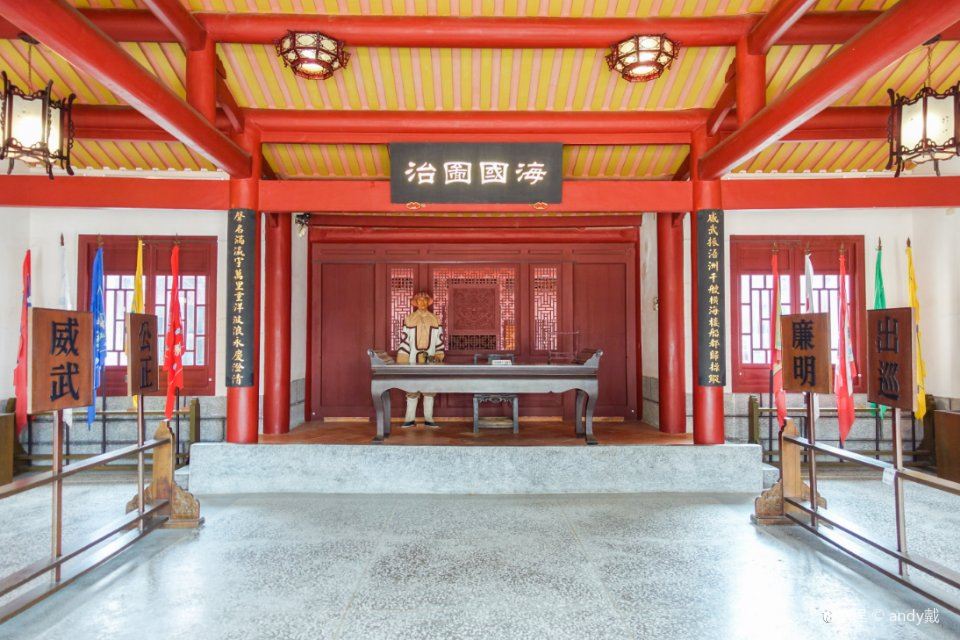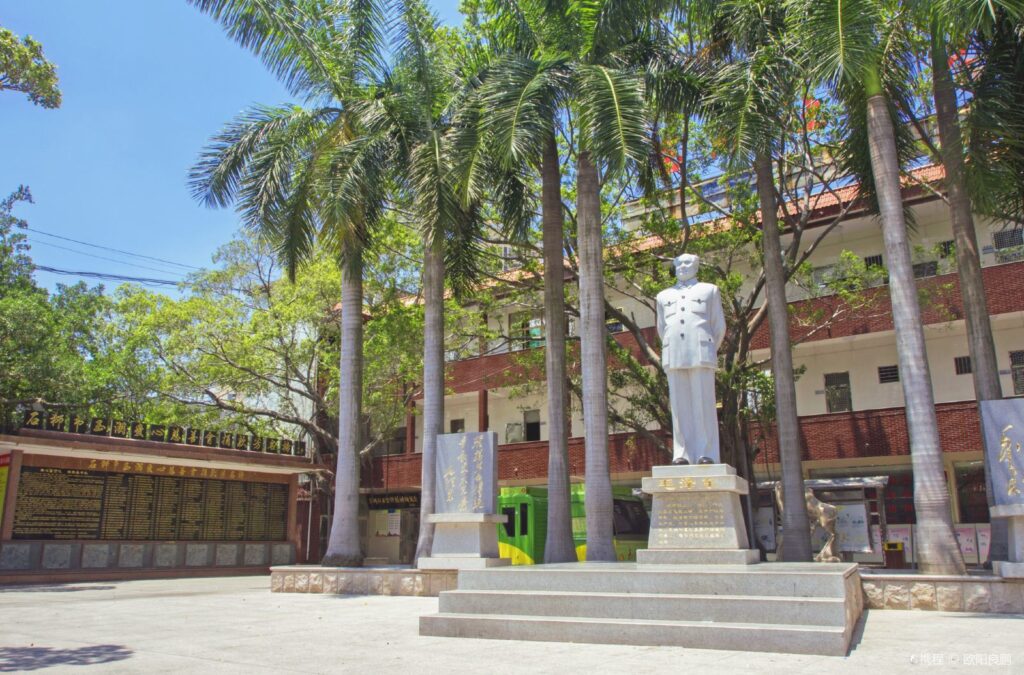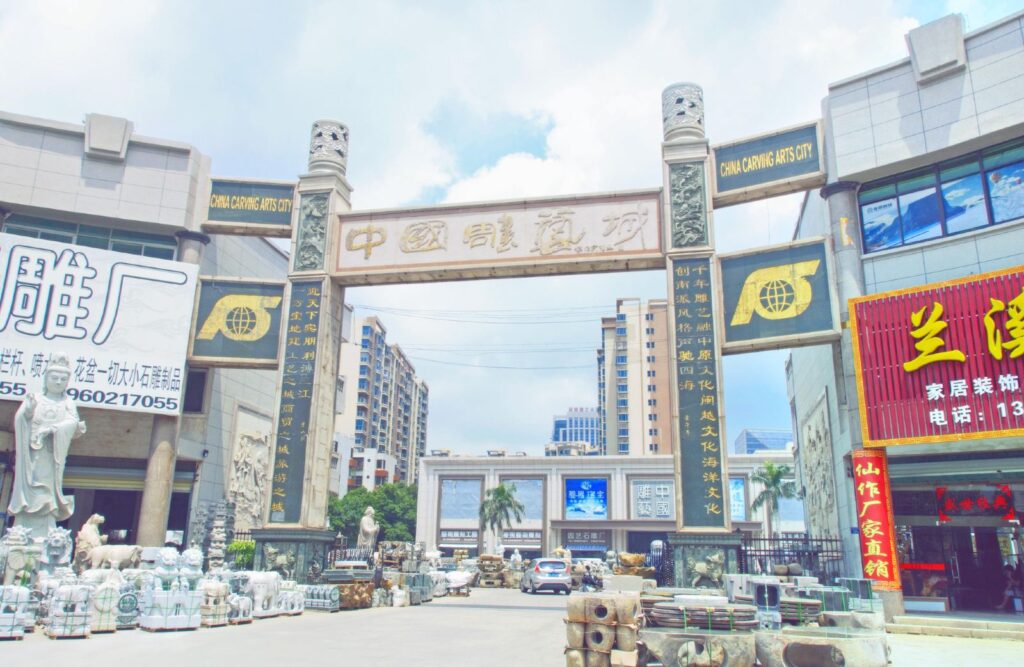Kaiyuan Temple is located in Jingyuan Lane, Gulou District.
It was first built in the third year of Taiqing in the Southern Dynasties’ Liang Dynasty (549 AD) and was named “Dayun Temple” at that time. In the early Tang Dynasty, it was called “Longxing Temple”. In the 26th year of Kaiyuan in the Tang Dynasty (738 AD), Emperor Li Longji of the Tang Dynasty “issued an edict that each state in the country should build a temple named after the era”, so it was renamed “Kaiyuan Temple”. Kaiyuan Temple is one of the relatively ancient Buddhist temples still existing in Fuzhou.
Kaiyuan Temple in Fuzhou, Fujian
Kaiyuan Temple is located in Jingyuan Lane, Gulou District. It was first built in the third year of [...]

